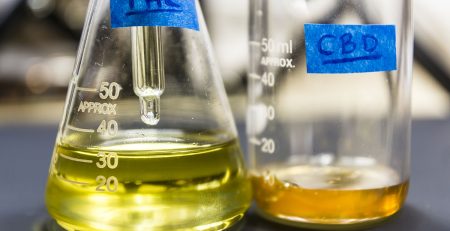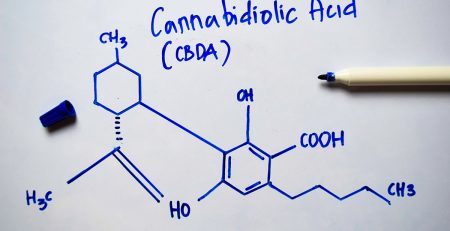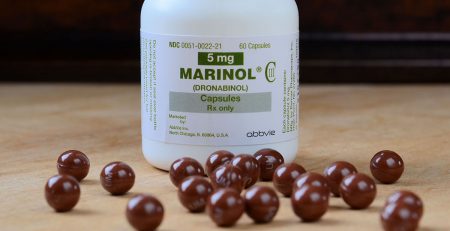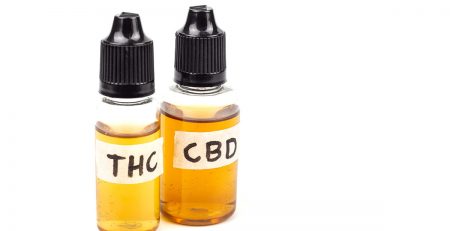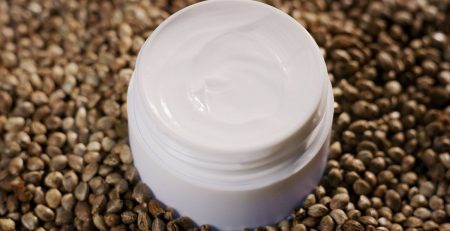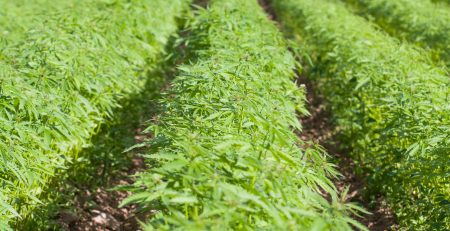CBD Oil: A Short Introduction
Three letters that are on many people’s minds these days: CBD. The scientific name for CBD is cannabidiol and it appears to be growing in popularity across the country and throughout the world. Since CBD is still so new to the majority of people, there is confusion about how it effects the body and mind. Some believe it is the same as marijuana and you can get high on it. This is false. The bottom line is this: some people who use CBD on a regular basis, like taking a natural supplement daily, might benefit from its helping properties and enhance quality of life.
What is CBD Oil?
CBD is only one of numerous cannabinoids or phytocannabinoids found in the cannabis family of plants, both marijuana and hemp. There are now thousands of research articles and dozens of books on its health benefits. CBD oil contains a concentrated amount of CBD, and not all oils are created equally. Some have higher concentrations of CBD while others contain low levels of CBD. Some oils come from plants grown in the United States, while others come from Europe and China.
There is some confusion that CBD is the same as marijuana. Most people associate THC, the cannabinoid that creates the high that some people enjoy, with marijuana. And, if THC and CBD come from the same plant… it must be marijuana! THC is the most well-known, studied and active ingredient in marijuana and both THC and CBD do indeed come from the cannabis plant. The important thing that sets them apart is CBD is different from THC and does not get anyone high. In fact, CBD blocks the high of THC when taken together. Another important fact from studies is this – CBD appears to have a wide range of health and emotional benefits.
Where does CBD Oil Come From?
Most of the CBD oils on the market come from industrial hemp grown on large farms around both the United States and the world. Hemp is a natural, organic and non-GMO crop legally grown in a whopping 98% of the world! Hemp has a much greater concentration of CBD than marijuana. CBD oil is extracted from the hemp plant. The purpose of extracting the oil is to create a cannabinoid like CBD in a highly concentrated form that is suitable for human consumption. In fact, the oils can be put into tinctures, gels or tablets, sprays, creams and lotions, and even gummy bears.
There are currently four extraction methods to get CBD oils out of the plants:
- CO2 Cannabis Extraction
- Olive Oil Extraction
- Dry Ice Extraction
- Solvent Extraction
There is a great deal of science, skill and expensive equipment that goes into these methods. By far, the CO2 Extraction method is most commonly used because it is safe and provides a pure form of CBD along with trichomes and terpenes. This form of extraction is done by highly skilled professionals in larger production facilities.
Olive Oil extraction is common among people who extract oils in their homes and is a safe method. It is also inexpensive. The downside to olive oil extraction is it is highly perishable and yields small quantities of CBD oil.
The Dry Ice method can also be done at home but is more intensive in terms of time and effort. There are a number of items needed and a strict process for producing oils. It is easy once you get used to the process, and is also a clean method of extraction. This method yields more oil than the Olive Oil method.
The Solvent Extraction method uses ethanol, low-grade alcohol, or butane. This method may remove some of the plant’s healthy substances and the end product may not be as clean as the other methods. This method may also keep some of the solvents in the oil which can irritate the lungs and cause unwanted health problems. While this method of extraction can be successful and straightforward, it is extremely dangerous. Butane and Ethanol are flammable and can cause explosions and fires.
What’s the Difference Between CBD Full and Broad Spectrum and Isolate?
This is one of the most important things to know before choosing a CBD product. Full Spectrum CBD oil not only contains CBD, but has other cannabinoids such as THC (less than 0.3%), CBG and CBN as well as terpenes. This type of oil provides the “Entourage Effect” meaning that the cannabinoids and terpenes are all working synergistically. Broad Spectrum CBD oil contains CBD and a variety of other cannabinoids and terpenes and zero THC. And finally, CBD Isolate will provide 99%+ pure CBD but nothing else. The CBD has been isolated from all other cannabinoids and terpenes. So, which one is better? Full Spectrum probably has the greatest health benefits, but since it contains 0.3% THC, there is a chance that it can show up on a drug test, especially if the manufacturer is allowing for more THC to remain in the product. For most people, the best choice may be to go with a broad spectrum CBD product.
Final Words on CBD Oil
CBD oil is extracted from cannabis, either the marijuana plant or the hemp plant. Most products on the market are made from industrial hemp and contain 0.3% THC. The plants are grown on large farms across the United States and around the world. CBD oils are now found in a myriad of products including tinctures, soft gels and capsules, nasal sprays, topicals and edibles. Using these products might be beneficial for a number of disorders, ailments and symptoms. It is always best to consult with a physician when deciding to use any of these products.


